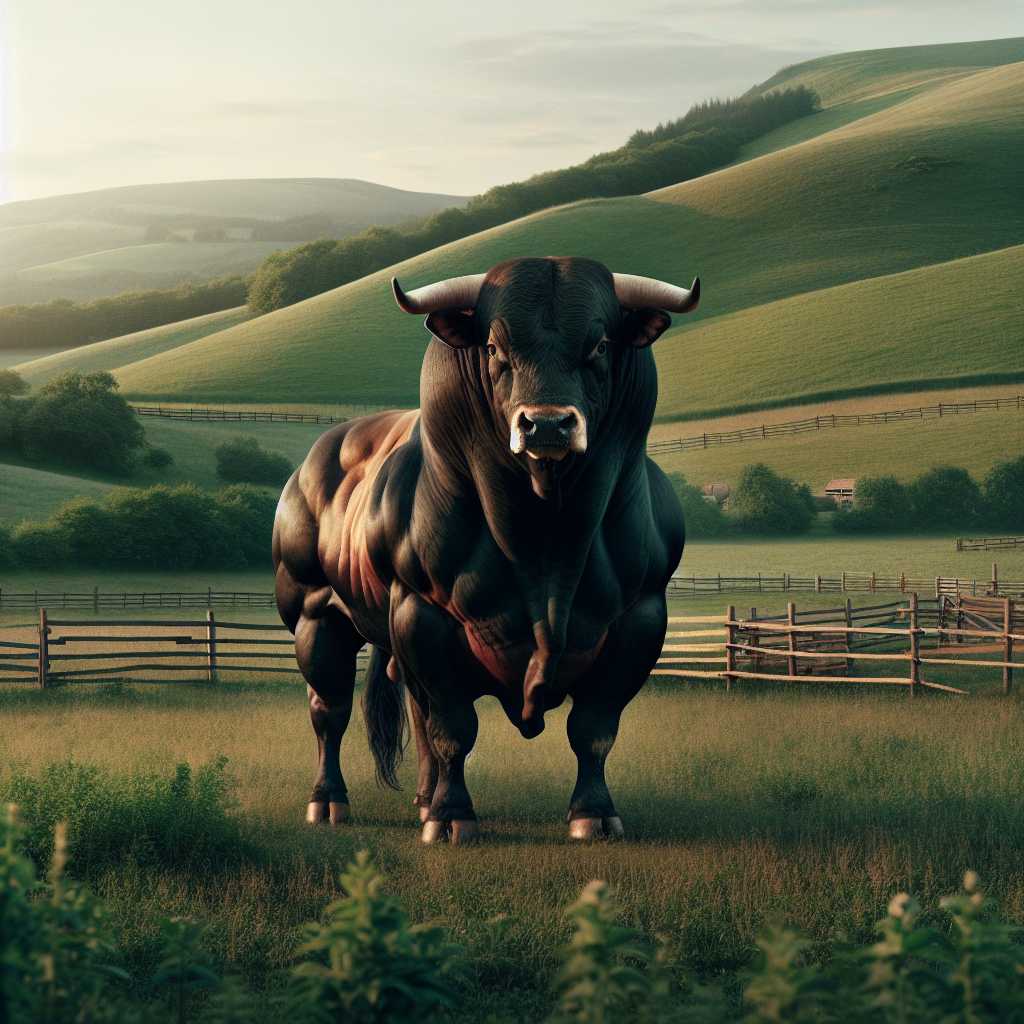Exploring the Intriguing World of Bulls: Understanding Behavior, Breeding, and Cultural significance
Bulls have been an integral part of human society since the dawn of agriculture. They are not merely livestock but represent a myriad of roles ranging from utility beasts and breeding powerhouses to cultural symbols. This comprehensive article delves into the multifaceted aspects of bulls, shedding light on their behaviors, the role in animal husbandry, their impact on the economy and environment, and the cultural reverence they have received across various societies.
The Behavior and Psychology of Bulls
In terms of behavior, bulls demonstrate a unique set of characteristics that are fundamental to their species. They are known for their strong territorial instincts and dominance behavior. Typically more muscular and aggressive than cows (female cattle), bulls tend to establish a hierarchy through physical displays of strength or direct confrontation, though this is largely managed in domestic farming scenarios to ensure safety for humans and other livestock.
Understanding these primitives drives is essential for handlers to maintain safety and control over these powerful animals. Key to their management is the recognition of warning signs such as pawing at the ground, snorting, or a lowered head, which often precede charging behavior. Techniques to manage bulls typically revolve around respecting their space, utilizing calm handling methods, and housing them comfortably but securely to help minimize stress-induced reactions.
Bull Breeding and Its Significance in Animal Husbandry
Selectively breeding bulls have sustained improvement in livestock genetics for many generations. By choosing bulls with desirable traits such as physical attributes, temperament, and good health records, farmers have been able to cultivate these traits into their herds. Bull breeding has also become a sophisticated science with technologies like artificial insemination allowing for improved efficiency and genetic diversity without the risk associated with natural bull-to-cow contact.
Furthermore, bull breeding programs are essential for dairy and beef production optimization. Dairy operations select bulls with genetics that improve milk yield and quality, while beef operations focus on traits that increase muscle mass and feed conversion ratios. Bulls are also frequently subjected to performance testing assays that assess growth rate, feed efficiency, carcass quality, and overall fertility.
The Economic Importance of Bulls in Agriculture
The significant role that bulls play has a considerable economic impact on agriculture. Beef production remains one of the largest agricultural sectors worldwide, providing employment and livelihoods for millions. The breeding decisions made with bulls directly influence the quality and quantity of meat produced within this industry.
Aside from meat production, bulls contribute significantly to economies through secondary industries such as leather goods production, by-products usage in pharmaceuticals and cosmetics, and live specimen trade both for pedigree breeding and as attractions within agro-tourism. Their impact extends well into related markets including feed production, equipment manufacturing for husbandry, veterinary services, and crop farming that provides straw bedding.
Bulls and the Environment: Sustainability Concerns
However, the raising of bulls and cattle broadly also brings up environmental discussions concerning sustainability. Methane produced by grazing livestock is a vital contributor to greenhouse gases; thus reducing methane emissions from cattle is a significant challenge within environmental policies. The expanse of land required for grazing has also led to deforestation in sensitive ecological areas.
Mitigating these impacts necessitate innovative approaches such as improving feed efficiency to reduce methane output or through genetics selecting for low-methane-producing individuals. Effectively managing land through rotational grazing or integrating agriculture practices can aid in maintaining the delicate balance between profitable livestock practices and responsible environmental stewardship.
Cultural Significance of Bulls Across Civilizations
In many cultures through history to modern times, bulls have symbolized strength, virility, and power making them central figures in religion, mythology, and folklore. From the symbolism in Hindu Dharma where they are representative of Nandi deity and an embodiment of sexual energy and fertility to Ancient Minoan civilization’s sacral bull games as a sign of prestige or the Spanish blood sport of bullfighting; bulls have played diverse roles in human societies.
Their representations follow various forms from being sacrificial creatures purveying religious sanctity to being celebrated figures such as Ferdinand the Bull a children’s literary character preaching pacifism.
Notes
*Image description: Picture showcasing a powerful bull within a pastoral farm setting; it presides calmly over an open field illustrating both the robustness of this creature and the peaceful aspects associated with ethical animal husbandry practices.*
